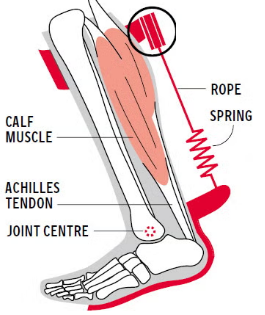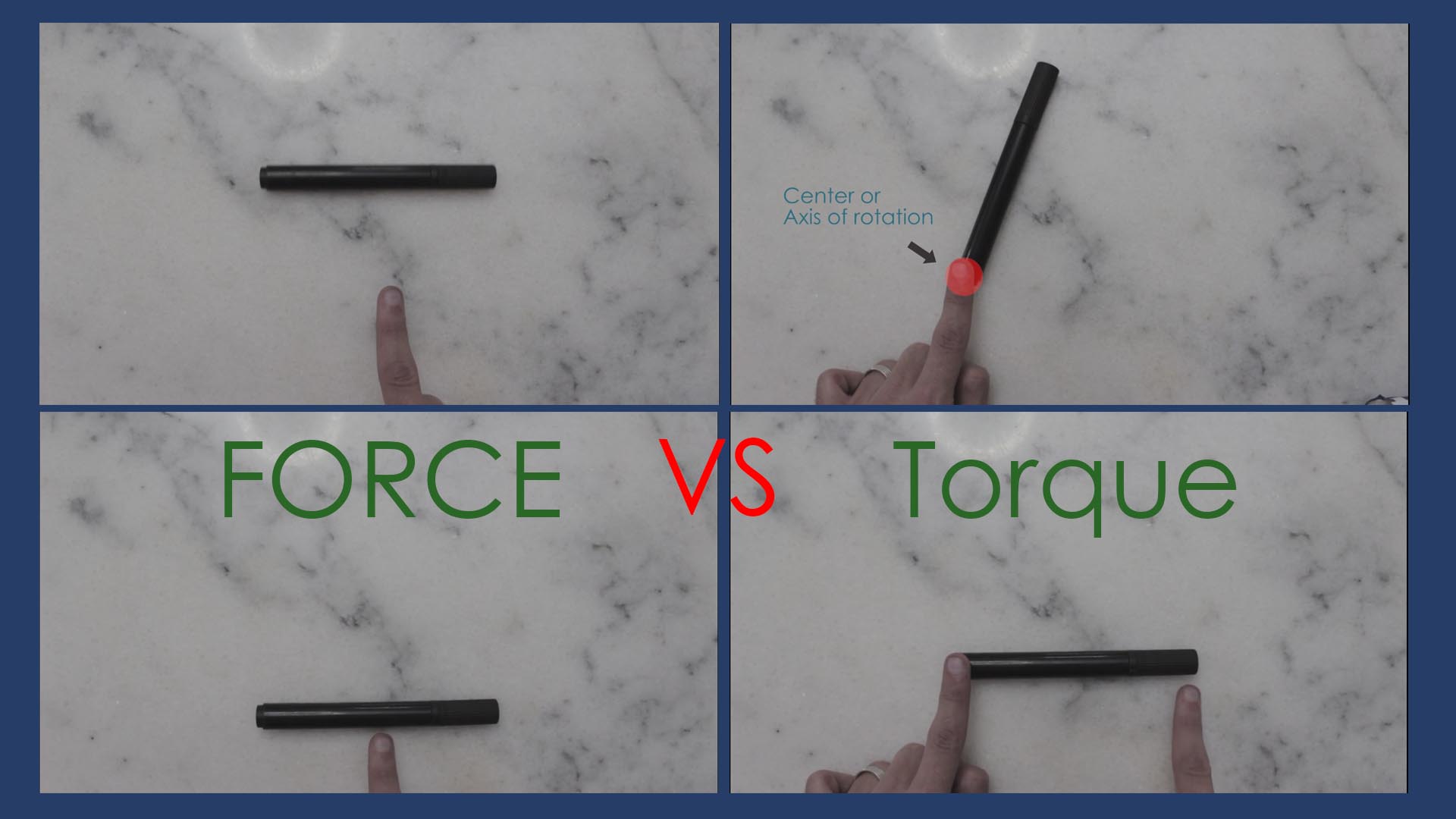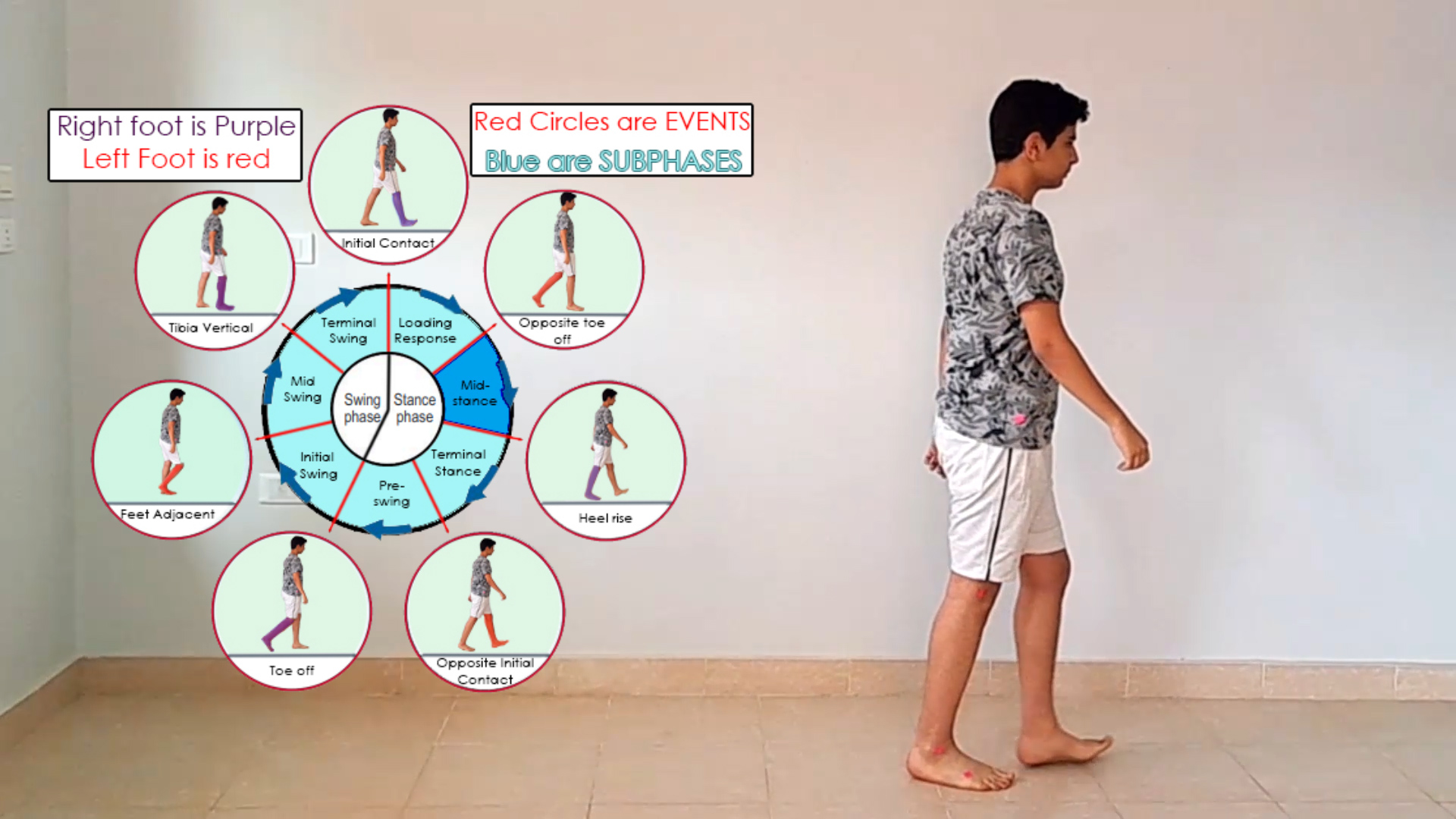Changes in Potential and Kinetic Energy During Walking
Walking is something we do every day without much thought. But beneath this simple act lies a fascinating interplay of potential and kinetic energy that makes human gait efficient and effective. Let’s dive into the biomechanics of walking and explore how these energy changes happen in each step, adding a personal touch to our understanding.
The Basics of Walking
Walking, an activity that humans have evolved to master, is not just about putting one foot in front of the other. It’s about how we use and transfer energy to move efficiently. Whether you’re a physical therapist, a physical trainer, or someone interested in sports massage, understanding this energy interplay is crucial. Let’s break it down.
Push-Off and Energy Transfer
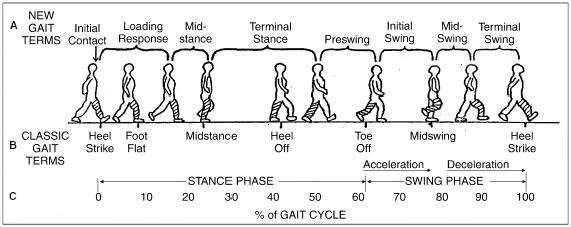
Imagine you’re taking a step. As you push off from one foot, your ankle joint extends (plantarflexion), with help from your hip and knee extensors. This action raises your body’s center of mass and pushes it forward, increasing both gravitational potential energy and kinetic energy. This is where the magic begins.
When your body’s center of mass reaches its highest point, potential energy (PE) is at its peak, horizontal kinetic energy (KE) is at its lowest, and vertical kinetic energy (KE) is zero. As you start to fall forward, this potential energy converts into kinetic energy, propelling you forward.
Heel Strike and Energy Loss
As your swing leg makes contact with the ground (heel strike), a braking force is applied. This force, while necessary for stable walking, also results in some energy loss. Muscles need to add energy to keep you moving, compensating for the energy lost in the collision with the ground. This energy is necessary to swing your arms and legs to maintain balance—a key aspect of movement and gait analysis.
Efficient Energy Use
One clever strategy our bodies use to minimize energy loss is the spring-like action of our legs during the stance phase. When your leg flexes upon ground contact, it reduces the speed of the collision, saving energy. This stored elastic energy in muscles and tendons is then released during the latter stance phase, helping to propel you forward with less muscular effort. This mechanism, where muscles maintain a near-constant length while tendons stretch and recoil, significantly reduces the total energy cost.
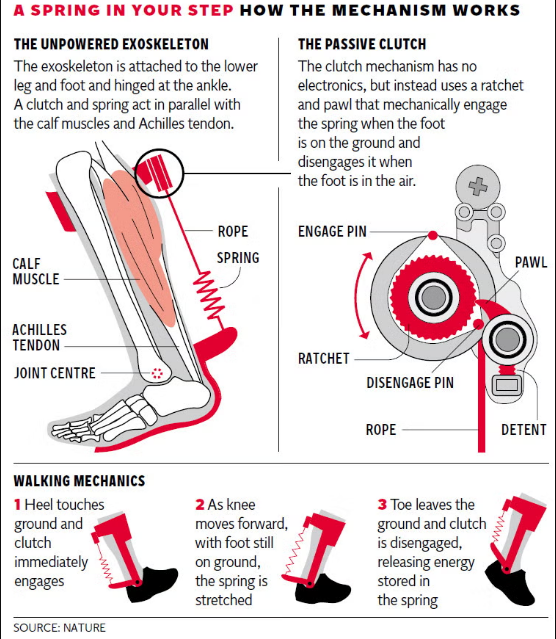
The Role of Internal and External Work
Internal work is the energy produced by our muscles to swing the arms and legs and maintain balance. External work, on the other hand, is the force exerted on the ground to propel our bodies forward. Both types of work are essential for efficient walking.
Metaphors and Models
Historically, walking has been described using metaphors like the rolling egg and the inverted pendulum. These metaphors help illustrate how our center of mass moves during walking. For instance, during the early stance phase, the vertical ground reaction force is high as we propel our body over our leg. This phase creates a U-shaped vertical ground reaction force profile.
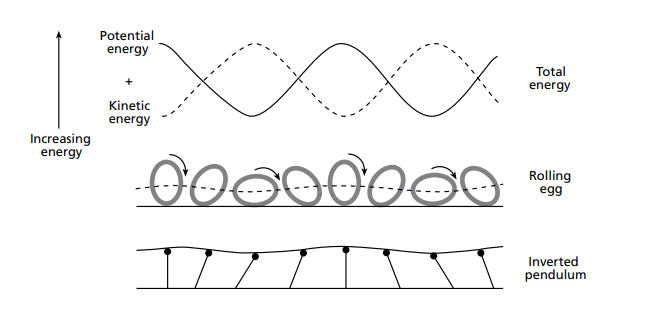
While these metaphors are useful, they don’t capture the full complexity of walking. The spring-loaded inverted pendulum (SLIP) model is more accurate, incorporating the effects of elastic energy storage and recovery. This model is particularly important when optimizing human gait or designing robotic walkers.
Practical Implications
Understanding the changes in potential and kinetic energy during walking has practical implications for physical therapy, physical training, and sports massage. By analyzing gait, therapists and trainers can develop strategies to improve movement efficiency and reduce the risk of injury.
If you’re fascinated by the biomechanics of walking and want to dive deeper, check out my Udemy course, “Comprehensive Gait Analysis: Understanding Human Locomotion.” It’s a friendly, in-depth exploration of human movement, perfect for anyone looking to enhance their knowledge in this field. You can find it here.
Conclusion
Walking is more than a basic activity; it’s a complex interplay of energy transformations that make human movement efficient. By understanding these changes, we can improve our gait, enhance performance, and reduce injury risks. Whether you’re in physical therapy, a physical trainer, or simply curious about biomechanics, this knowledge is invaluable.
So next time you take a step, remember the incredible mechanics at play, and how each movement is a testament to human evolution and ingenuity.
